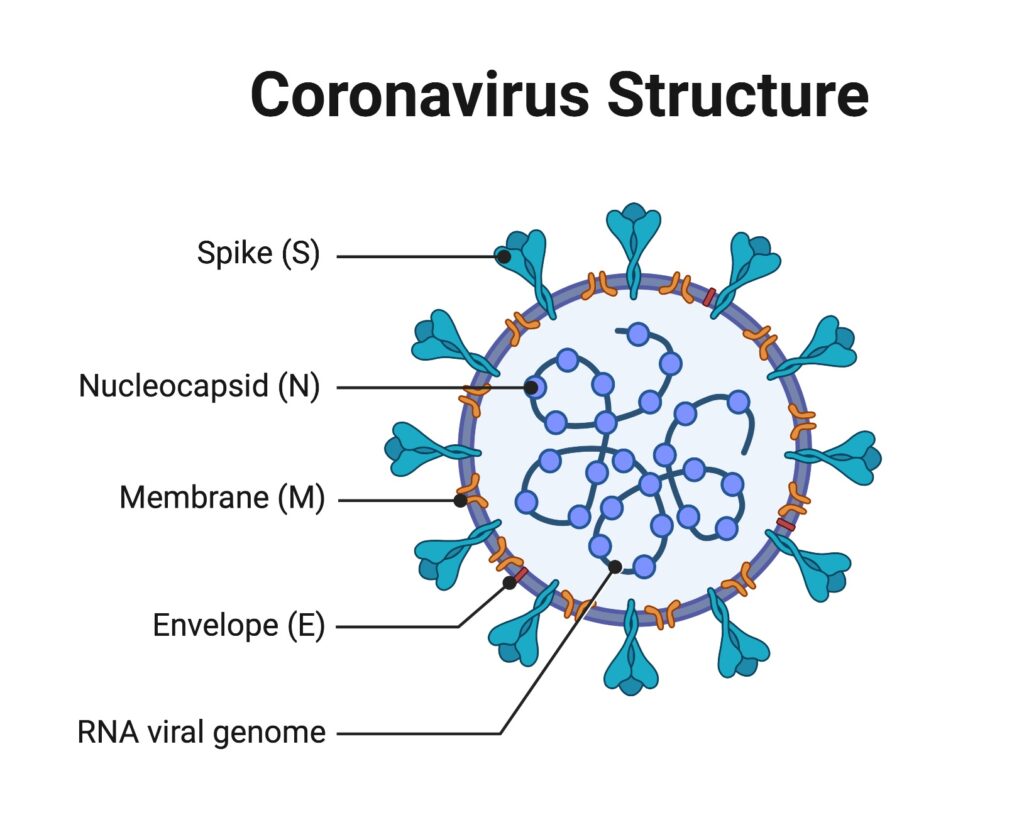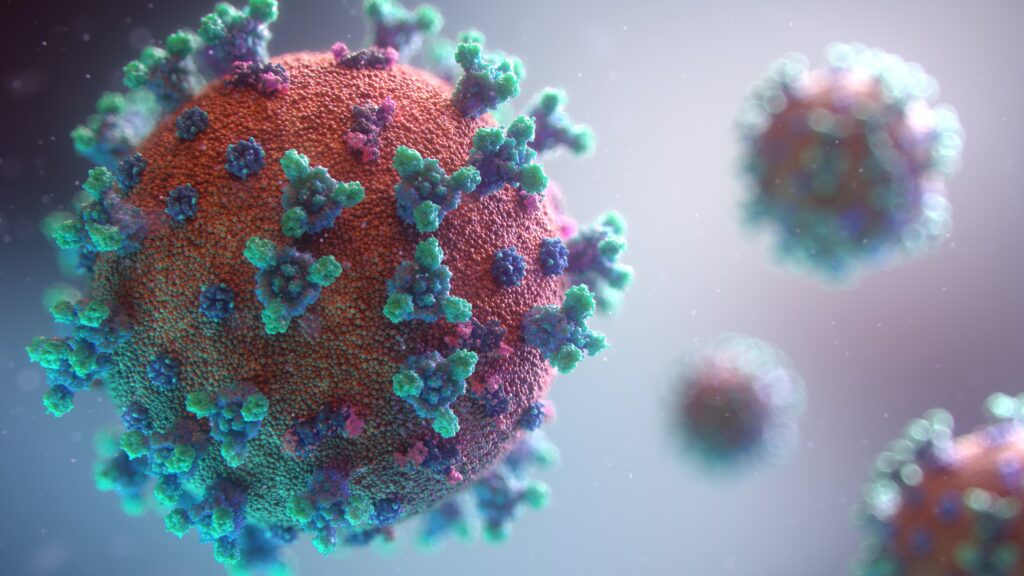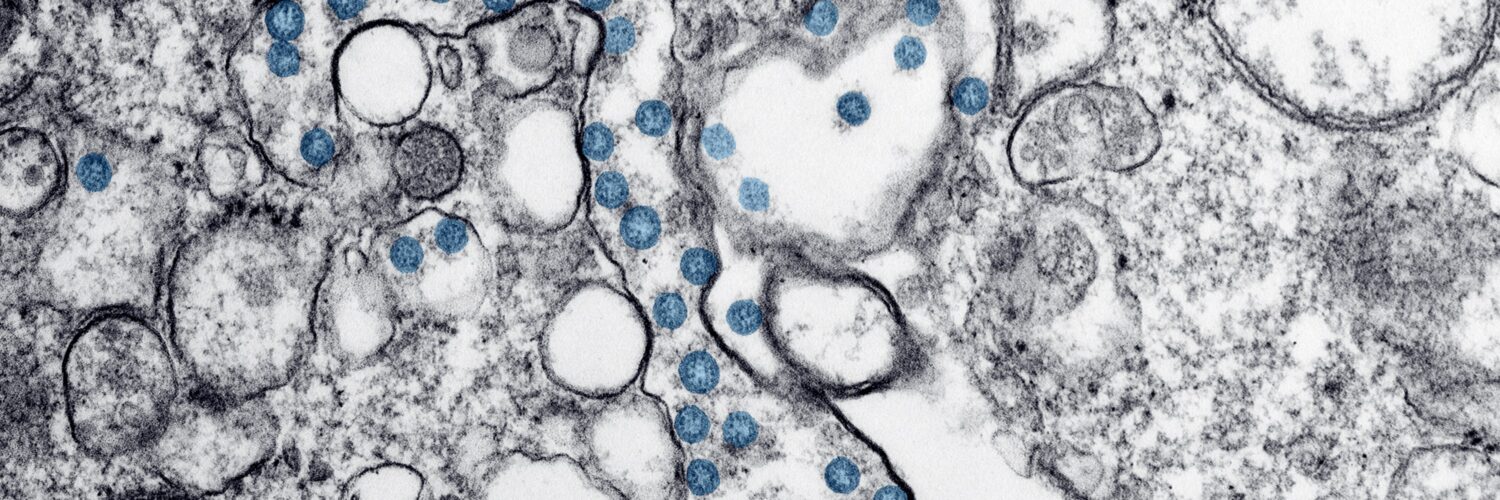As we all know, cells are the most basic unit of life. We, humans, are comprised of so many cells – there are more cells in our bodies than stars in the Milky Way. Cells reproduce either by dividing to form two identical daughter cells or by budding off a parent cell. However, viruses are not cells – they are far smaller than cells and do not contain any organelles. So, how do they reproduce?
Before we get there, we also have to mention that viruses have both living and non-living traits. As such, we do not know whether they are alive or not. Today, we will be talking about how viruses reproduce.
Bacteriophages
Simply put, bacteriophages are viruses as well. However, they are responsible for infecting bacteria. This ensures their reproduction by using the cellular mechanisms found in bacteria cells.
Bacteriophages have capsid heads with different shapes and sizes. The capsid head is composed of a capsid coat made up of capsomeres. While viruses can contain either DNA or RNA as part of their genome, bacteriophages only have double-stranded linear DNA.

Some bacteriophages may have a tail attached to their capsid head. This tail has a hollow tube that allows the bacteriophage to inject its viral DNA into the host cell. On top of that, several bacteriophages have contractile sheaths surrounding their tails. At the end of the tail, there is a base plate with tail fibres attached. This helps the bacteriophage be attached to the specific receptors on the surface of the bacteria cell.
Lytic Cycle
The lytic cycle involves killing the host cell. The lytic cycle is the reproduction method for both virulent phages, such as the T4 phage, and temperate phages, such as the Lambda phage. Virulent phages only reproduce via the lytic cycle, whereas temperate phages reproduce via both cycles. We will be focusing on the T4 phage as an example.
The T4 phage contains a base plate and tail fibres. This helps it recognise and bind to specific receptors on the surface of the host bacterium cell. The phage then contracts its contractile sheath. This allows it to penetrate the peptidoglycan cell wall by driving the tail’s hollow tube into the cell. Viral DNA can then enter the host cell via the hollow tube of the tail.
With that, there will be a period between the time the bacteriophage infects the host cell and when new mature bacteriophages are formed. This is known as the eclipse period, and there is no assembly of infectious bacteriophages within the host cell.
When the T4 phage inserts its DNA into the host cell, one of the genes will be transcribed and translated to code for a viral enzyme. The viral enzyme then hydrolyses the DNA of the host cell. As such, the host cell cannot synthesise its DNA, RNA, and proteins.
With that, the bacteriophage can hijack the host cell’s DNA replication functions to replicate its own. It can also synthesise its viral proteins and phage parts using the host cell’s functions. These eventually form mature phage particles within the host cell.
At this point, lysozyme coded by the bacteriophage’s genes will hydrolyse the host cell’s peptidoglycan cell wall. This results in the lysis of the host cell. Water enters the cell, and the newly-assembled phages are released.
Lysogenic Cycle
As we mentioned earlier, temperate phages reproduce via both the lytic and lysogenic cycles. The lysogenic cycle will not kill the host cell as only the phage genome is replicated. That said, the whole phage particle would not be produced during the lysogenic cycle. We will be discussing the lysogenic cycle using the Lambda phage as an example.
The Lambda phage penetrates the peptidoglycan wall of the host cell similar to the lytic cycle. However, the linear viral DNA will become circular. The Lambda phage can either enter the lysogenic cycle first or enter the lytic cycle immediately.
Let us assume that the Lambda phage enters the lysogenic cycle first. It then inserts its viral DNA at a specific point on the host cell’s genome. The inserted viral DNA is now called a prophage, and the host cell is called a lysogen. One of the genes inserted is then translated and transcribed to form a repressor protein. This prevents the expression of other genes in the phage genome.
So, how does the viral genome replicate without killing the host cell? When the host cell divides, the viral DNA is replicated along with the host DNA. This is then passed down to both daughter cells.
The lytic cycle can also be induced when the host cell is subjected to adverse conditions. The prophage will undergo induction, exiting the bacterial genome of the host cell. This results in the synthesis of proteases that can hydrolyse the repressor proteins mentioned earlier. Prophage genes are now expressed, and the lytic cycle is induced.
Transduction
Transduction is a method of horizontal gene transfer seen in bacteriophages. This means that the DNA of one bacterium is transferred to another bacterium. However, this other bacterium is not the first bacterium’s offspring.

With transduction, genetic recombination will occur. This results in the combination of the genome of both the bacteria cells and the bacteriophage.
General Transduction
In general transduction, any gene from the host cell can be transferred to recipient cells. This involves the lytic cycle, where new viruses are produced near the end. There are times where fragments of degraded DNA from the host cell are repackaged into new bacteriophages.
During the repackaging of DNA, parts of the viral DNA will not be included in the genome of the new bacteriophages. This is due to the limited capacity of the capsid. As such, the new bacteriophages can only inject the DNA fragments of the host cell into the recipient cell. This makes them unable to initiate the lytic cycle in the recipient cell. The bacterial chromosome of the recipient cell will now have a genome derived from two different cells.
In general transduction, any segment of the bacterial DNA of the host may be transferred. This is due to the random fragments incorporated as part of the new bacteriophages. As such, it is thus known as “general” transduction. This marks the occurrence of genetic recombination. Bacteriophages that are involved in general transduction include the T4 phage.
Specific Transduction
Unlike in general transduction, specific transduction only involves a few specific genes. Only specific types of bacteriophages can result in specific transduction, for example, the Lambda phage. This involves the lysogenic cycle.
During the lysogenic cycle, the bacteriophage injects the viral DNA into the host cell’s genome at a specific point. As such, some of the host cell’s genome may be excised together with the viral DNA. The new bacteriophages will then pass on the fragments of bacterial DNA to the recipient cell when they inject their viral DNA into the recipient cell.
Since the viral DNA is injected at a specific point, the bacterial DNA passed on to the recipient DNA is near the prophage. This explains its name – “specific” transduction.
Conclusion
In all honesty, this topic is rather dry, even for a biology enthusiast such as myself. Just for fun, COVID-19 is a lytic virus, so you know! With all that we have discussed, I hope that you now have a better understanding of viruses and how they reproduce.





Add comment